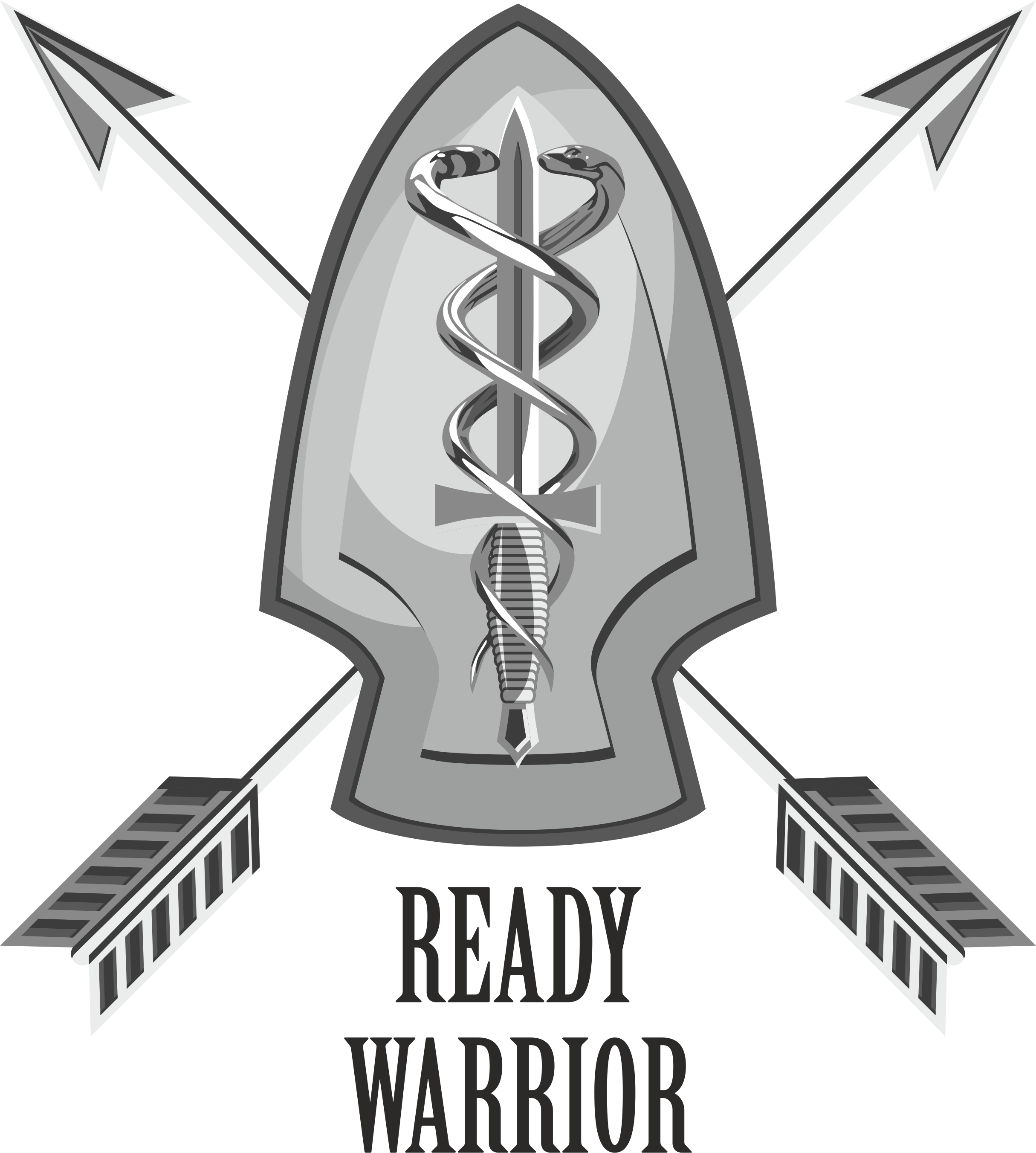I know the picture is hard to look at, and the story behind it is heartbreaking. Sometimes it takes a dramatic picture like that to shake us out of our comfort zone and encourage us to learn something new. While we do follow the SMARCH algorithm for immediate care, there is a lot that goes on in these types of injuries that by recognizing the MOI and knowing what needs to come next in the order of follow on care, we can employ our skillset to help get ahead of these injuries.
First, let’s define what a crush injury is:
A crush injury occurs when part of the body is compressed, usually between two heavy objects. Common injures that occur from these types of wounds range from minor bruising and swelling to more serious injuries such as fractured limbs, heavy internal bleeds, rhabdomyolysis and crush syndrome.
There are two types of crush injuries that we can talk about. The first is the immediate injury. Someone was run over by a car (like in this instance), or injured in a building collapse but was pulled free quickly. The other kind is the prolonged field care crush injury, where they are trapped for hours on end before being rescued. In this post, we will focus on the immediate injury. Crush injuries of a prolonged nature are a future blog article.
This girl fell onto the road, and was ran over by a large vehicle. You are the first on scene as a paramedic, first responder or bystander who has equipment. What is the proper order of treatment, and how do we set this patient up the best we can to maximize their survivability chances? While there are many many many different ways a patient with a crush injury can present based off of their unique injury pattern, we will seek to outline some common injuries and what you can do.
We still follow SMARCH, because we always work to prevent what will kill our patient the fastest. Since we have talked about this subject quite a bit, we will breeze through it. Please check out some of the proper steps in previous posts if you want a complete breakdown.
Security—Active roadway, block traffic or immediately move patient out of a busy road if you are concerned that traffic will hit you/the patient.
Massive Hemorrhage—Stop all arterial or heavy venous bleeding immediately.
Airway—Clear the airway of dirt, debris. Ensure patient has proper access to O2 through nose or mouth. If trained and capable, provide cricothyroidotomy if indicated and necessary.
Respirations—Penetrating injuries get stabilized with chest seals or occlusive dressings. Have them on O2 whenever possible. Look for flail chest (2 or more adjacent ribs are broken in multiple places, separating a segment, so a part of the chest wall moves independently.)
Circulation – Bandage all remaining bleeds. Place Pelvic binder if SBP <100mmHg or HR > 100bpm, they have pelvic pain, or their GSC score is ≤ 13.
-Insert 18ga IV, keep TKO.
Hypothermia/Head Injury. Keep patient warm. Note GCS score. Keep patient calm and report cognitive changes throughout treatment to get a better idea of deterioration of condition.
If you suspect or see trauma to the head/spine/neck area…and you have help nearby or a C-collar, use it!
Now that we have rapidly gone over SMARCH-you have to think about what is best for this patient. Do you wait to further stabilize in the field/road/etc. or try and transport immediately?
In these instances, the answer is almost always Transport!
Recognizing the MOI in this injury is important. Often a crush injury will result in potentially severe internal bleeding and fluid loss, heavy bruising, and damage to internal organs. In almost every instance, they will require surgical intervention. Documenting and calling ahead with the correct wound pattern recognition will allow surgical teams to begin to understand what they will need prior to patient arrival.
Additional considerations for Crush Injury:
Severe bone/tissue damage. Stabilize in position of function and prevent further damage when possible.
Pain management: If patient is conscious, pain management will be key. For military medics and hopefully many civilian medics by now, this means Ketamine. If not, you will have to use your best judgement on opioids so as not to reduce their respiratory drive.
Fluid Resuscitation. Check Vitals repeatedly. Heavy initial external or internal bleeding may cause patient to begin to deteriorate into shock. Stick with Normal Saline, and only resuscitate to bare minimum for perfusion so as not to blow out any blood clots.
One of the huge keys in dealing with crush injury is to not try and treat everything at once. Stabilize the patient, and immediately begin necessary calls and arrangements to get someone to the proper level of care. Knowing it is a significant crush wound pattern or injury can help the dispatcher or EMS get them to the correct hospital with the correct resources.
Things that a surgical team will have to worry about 15 minutes to 4hrs post injury will include compartment syndrome and renal complications from the significant soft tissue injury, so getting them to a higher level of care quickly is essential.
We are consistently attempting to add pieces to your quiver of knowledge. We aren’t trying to introduce giant pieces of new information above and beyond what you’ve been taught from some of the other scenarios, but hopefully it gets you thinking about some additional steps you can take in the event of a non-gunshot, MVA, or similar wound we have described previously.
Build a foundation, then continue to add pieces to that foundation!



Comments
Thank you.
Did the patient survive this ? Is there a link to this if possible please